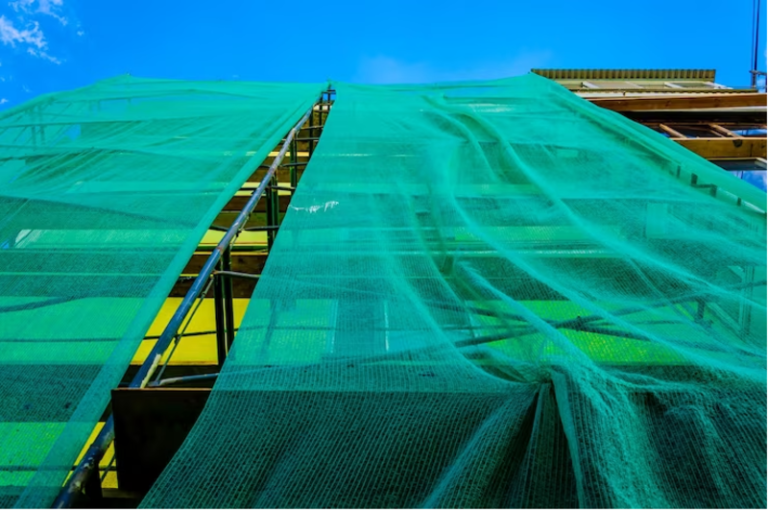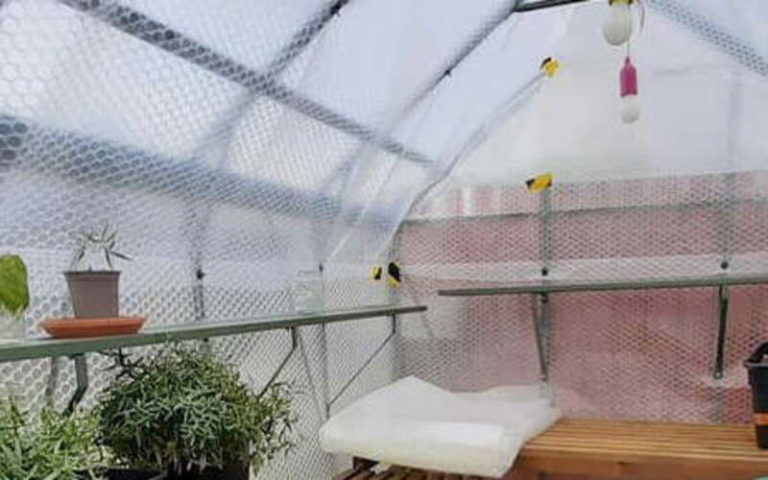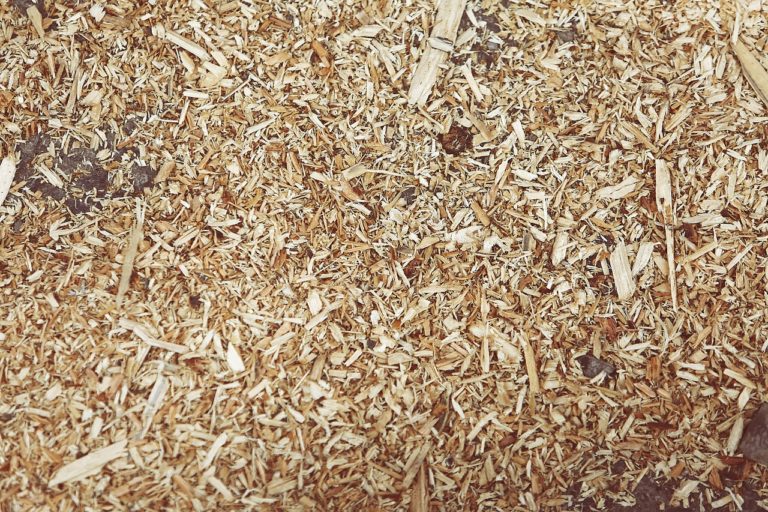Biochar: An Ancient Farming Technique to Fight Climate Change
A new study shows that biochar has a lot of potential to capture carbon dioxide (CO2) pollution and play a part in slowing down climate change. More and more production plants around the world are making biochar, which is made by turning organic garbage into a stable carbon-rich material. The study says that if the production of biochar is increased around the world, it could collect up to 3 billion metric tons of CO2 every year, which is about 6% of all the CO2 that is released into the atmosphere.
What Is Biochar?
Biochar is made by heating organic waste like crop residues, manure, sawdust, and other biomass materials to very high temperatures in a low-oxygen setting. This process is called pyrolysis. Biochar, a material that looks like charcoal, is made from the organic waste during this process. Biochar has a long past that goes back thousands of years. It was used by native people in South America to help plants grow.
How Does Biochar Store Carbon?
As plants grow, they naturally take in CO2. However, this carbon is quickly released when organic matter breaks down. As they break down, things like crop waste left in fields, tree branches in forests, and organic garbage in landfills all release gases. But when organic matter is turned into biochar, it stops a lot of it from breaking down. A lot of the carbon from the original plant is locked into a stable form by this process. This stops carbon from breaking down for hundreds or even thousands of years.
Where Can Biochar Be Produced?
Biochar can be made on a small scale, like on a single farm, or on a bigger scale, in facilities that collect organic waste from many sources. To minimize your carbon impact, it is best to make biochar close to where it will be used and where the organic waste comes from. The study looked at the potential for organic garbage in 155 countries and found that just in the US, there is enough potential to make enough biochar to store almost 400 million metric tons of CO2 every year.
How Does Biochar Benefit Farms?
Biochar appears like a sponge, and when added to soil, it makes it better at holding on to water and nutrients. Farmers gain from this property because it lowers the need for watering and fertilizer. In addition, biochar can be used for other things, like adding it to concrete to make it stronger while also storing carbon.
Advantages Compared to Other Carbon Removal Methods
Biochar stores carbon for a long time, which makes it a safer choice than planting trees that could be killed by wildfires or cut down. Compared to methods like direct air capture, which uses big machines to pull CO2 out of the air, it is also less expensive. Biochar production equipment is easy to make, which makes it a scalable way to get rid of carbon.
Challenges and Recent Developments
In the past, cost was a problem for using biochar. But now that carbon credits can be sold, things are different. Now businesses can get paid for the carbon they get rid of. Since 2020, the biochar industry has grown a lot, which has helped companies in this field stay open and make money.
Biochar in the Context of Climate Action
Reducing emissions is the most important thing that can be done to stop climate change, but removing carbon from the air will still be important, even as emissions go down. Biochar is a big part of this answer, and it could help reduce 6% of the world’s emissions. This is the same amount of CO2 emissions that over 800 coal power plants put out, or almost three times the amount of CO2 emissions that the airline business puts out.
In conclusion, biochar has become an exciting new tool in the fight against climate change because it can be used on a large scale and doesn’t cost a lot of money. It can also be used to store carbon from organic trash. Its potential to make a big difference in reducing global emissions shows how important it is to broader attempts to protect the climate.
Also Read:







